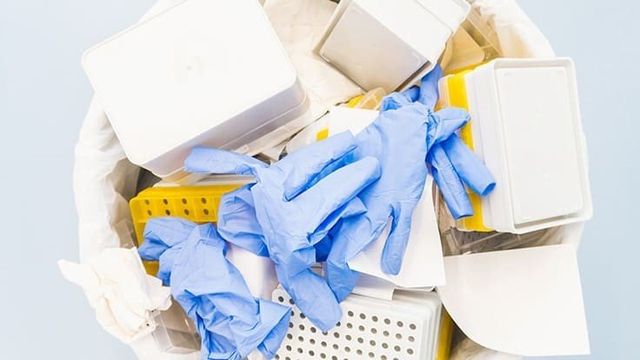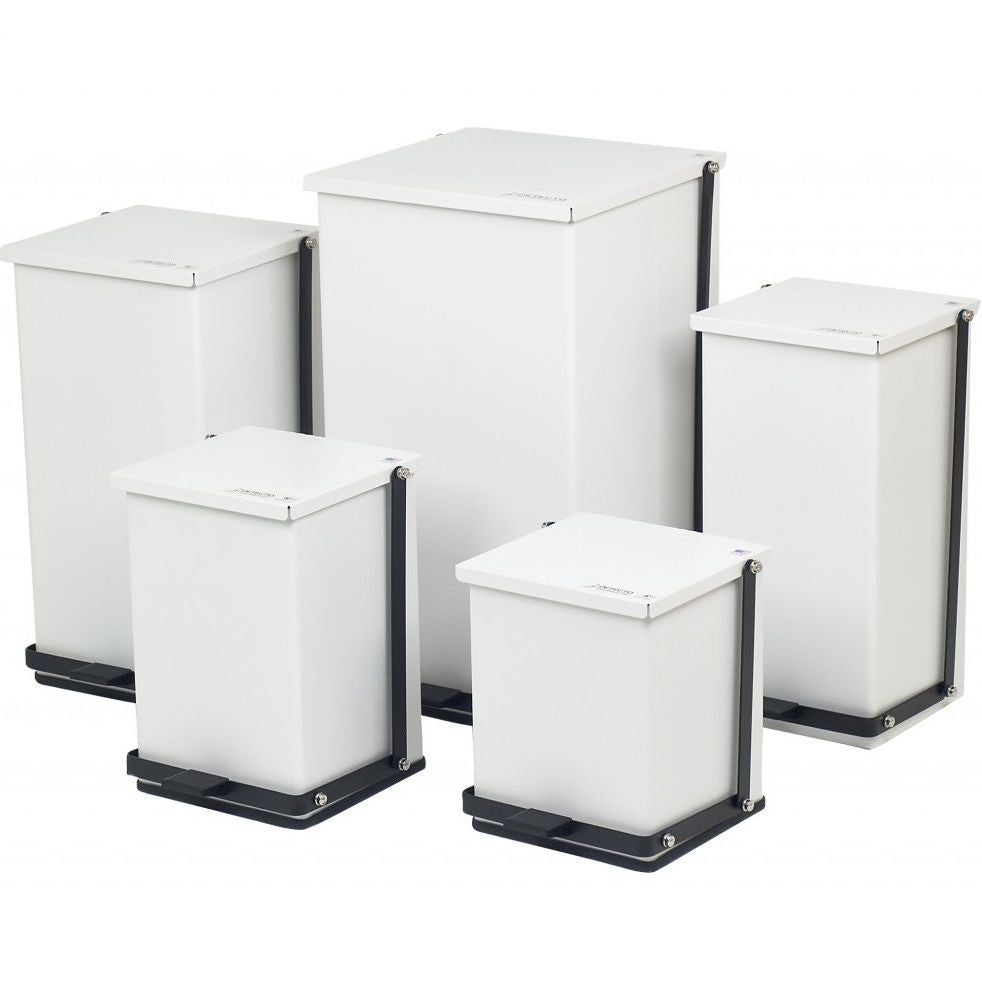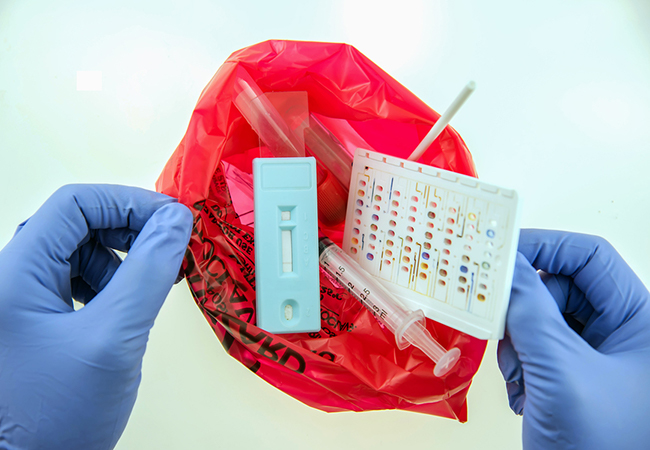Remain Ahead of Regulations: Professional Guidance on Medical Garbage Disposal
In a world where the health care market is regularly evolving, it is essential for medical centers to stay ahead of regulations when it concerns the proper disposal of clinical waste. With rigorous standards and regular regulative modifications, it can be testing to browse the complexities of this process. With professional guidance, facilities can make certain conformity and minimize threats linked with inappropriate waste disposal. From recognizing the various groups of clinical waste to applying the appropriate collection and partition methods, this discussion will certainly supply beneficial understandings and workable suggestions to aid centers remain ahead of policies in the ever-changing landscape of medical waste disposal.
Understanding Clinical Waste Categories
Understanding clinical waste categories is important for correct disposal and administration in medical care facilities. Clinical waste refers to any type of waste created by health care activities that may present a threat to public health and wellness or the environment. It is vital to classify clinical waste precisely to guarantee its risk-free handling, therapy, transportation, and disposal.
There are numerous groups of medical waste that health care centers require to be aware of. One of the most common classifications consist of transmittable waste, pathological waste, sharps waste, pharmaceutical waste, and chemical waste. Each category has particular standards and regulations for its appropriate administration and disposal.
Pathological waste refers to human cells, body organs, or body components that need special handling and disposal. Pharmaceutical waste makes up ended, unused, or contaminated drugs that require mindful handling and disposal.
Staying Up-To-Date With Regulatory Changes
Staying existing with governing changes is critical for medical care centers to make certain conformity and appropriate administration of medical waste disposal. medical waste removal near me. With laws regularly progressing, it is necessary for health care facilities to remain current to prevent penalties, fines, and possible damage to the environment and public wellness
To remain ahead of regulatory adjustments, health care facilities must establish a system for surveillance and monitoring updates. This can be done by signing up for regulatory e-newsletters, attending workshops and meetings, and actively joining sector organizations. Additionally, centers should mark a personnel or group in charge of staying notified and disseminating info to pertinent stakeholders.
Routine communication with regulatory companies is additionally essential. Medical care facilities should develop connections with neighborhood, state, and federal companies to guarantee they recognize any adjustments in regulations that may influence their waste monitoring practices. This can be done with regular conferences, participation in public remark periods, and positive engagement with regulatory companies.
Furthermore, medical care facilities need to consider partnering with waste monitoring business that concentrate on medical garbage disposal (medical waste disposal services with WasteX). These business are usually well-versed in the most up to date laws and can provide assistance and support to guarantee conformity
Carrying Out Correct Collection and Partition Approaches
To properly manage medical waste disposal, health care facilities should establish proper collection and partition approaches according to governing standards. Applying these techniques makes certain the secure handling and disposal of possibly harmful products, safeguards the environment, and decreases the risk of infections and injuries to health care workers and the public.
Correct collection and partition techniques include the use of designated containers and labeling systems. Healthcare facilities ought to provide plainly classified containers for various kinds of medical waste, such as sharps, infectious waste, pharmaceutical waste, and non-hazardous waste. These containers ought to be color-coded and clearly marked to avoid confusion and promote very easy recognition.
In addition, healthcare facilities must train their team on the appropriate treatments for gathering and setting apart medical waste. This includes informing them on the various types of waste, the appropriate containers to use, and the importance of complying with guidelines and regulations. Routine training sessions and refresher courses must be carried out to ensure that personnel members stay up-to-date on best techniques.
Moreover, healthcare centers need to develop a system for normal collection and disposal of medical waste. This might involve partnering with qualified waste monitoring business that specialize in clinical garbage disposal. These business will certainly ensure that the collected waste is transferred and disposed of in compliance with governing he has a good point requirements.
Selecting the Right Disposal Approaches

Incineration is among the most reliable and usual approaches for dealing with specific kinds of medical waste, such as pathological waste and sharps. It involves the regulated burning of waste at high temperature levels, reducing it to ash. Nevertheless, incineration can launch dangerous pollutants right into the air and add to air contamination.

Various other disposal approaches include chemical treatment, microwave therapy, and landfilling. Chemical therapy entails using chemicals to reduce the effects of the waste and sanitize. Microwave therapy makes use of microwave energy to warm and disinfect the waste. Landfilling entails hiding the waste in an assigned land fill area (medical waste disposal services with WasteX). However, landfilling should be the last hotel due to the possible threat of contamination to soil and groundwater.
Making Certain Conformity With Documents and Training
After thoroughly thinking about the suitable disposal methods for clinical waste, healthcare facilities need to make sure conformity with guidelines and lessen environmental effect by implementing effective documents and training treatments. This action is important in preserving a lasting and secure setting for both healthcare workers and the public.

Healthcare employees who deal with clinical waste ought to obtain appropriate training on waste partition, dealing with, and disposal procedures. By giving thorough training, medical care centers can encourage their staff to make informed decisions and reduce the risk of incorrect waste disposal.
Conclusion
To conclude, staying in advance of policies in medical waste disposal is important for medical care centers. medical waste removal near me. Comprehending the various classifications of clinical waste, remaining updated with governing changes, executing correct collection and partition approaches, selecting the suitable disposal approaches, and making sure compliance with documentation and training are all crucial actions. By following these guidelines, medical care organizations can successfully get rid of and manage of medical waste in a secure and responsible fashion
From recognizing the different categories of clinical waste to executing the right collection and partition techniques, this conversation will certainly supply workable ideas and important insights to aid facilities stay in advance of policies in the ever-changing landscape of medical waste disposal. - medical waste disposal services with WasteX
The most common classifications include contagious waste, pathological waste, sharps waste, pharmaceutical waste, and chemical waste. Health care centers ought to offer clearly labeled containers for various kinds of clinical waste, such as sharps, transmittable waste, pharmaceutical waste, and non-hazardous waste. Healthcare centers need to develop a detailed system to tape and track all facets of clinical waste disposal, consisting of kinds of waste generated, quantities, and disposal methods utilized. Medical care workers that manage clinical waste ought to get proper training on waste partition, dealing with, and disposal treatments.